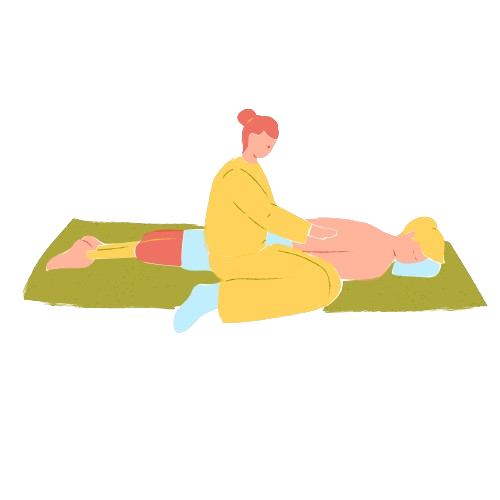 In the hustle and bustle of modern life, stress has become a constant companion for many. It often manifests as a nagging tension in the neck and shoulders, a silent testament to the burdens we carry.
In the hustle and bustle of modern life, stress has become a constant companion for many. It often manifests as a nagging tension in the neck and shoulders, a silent testament to the burdens we carry.
But there is a remedy that promises not just relief but also a slice of serenity : the neck shoulders massage Canal Winchester, Reynoldsburg .
 Understanding the Tension Triangle
Understanding the Tension Triangle
The neck and shoulders form a “tension triangle” that is particularly susceptible to stress. This area harbors muscles that are prone to tightening due to poor posture, extended periods of sitting, or emotional stress. And the results are stiffness, discomfort, and sometimes, even headaches.
It is no wonder that massage techniques focusing on these areas have been honed over centuries. 
Using massages like Swedish or Deep Tissue the expert therapist targets key areas like the neck and shoulders to reduce the stiffness and improve flexibility. 
Techniques That Offer Solace 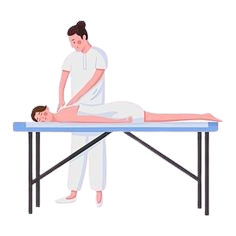
[1] Effleurage (Gliding Strokes) :
The therapist begins with gentle, gliding strokes from the upper shoulders to the base of the skull
and back down. This technique helps to warm up the muscles and prepare them for deeper work. 
 [2] Petrissage (Kneading) :
[2] Petrissage (Kneading) :
Then, he progresses to kneading the muscles, as if you are working dough. This technique works deeper into the muscle tissue, releasing knots and improving circulation.
[3] Friction :
They use small, circular movements with the fingers or thumbs to apply pressure to any knots or
areas of particular tension. This can help to break down adhesions and promote muscle healing. 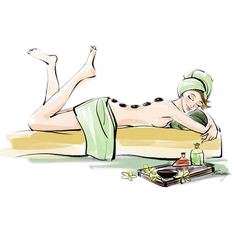
[4] Trigger Point Therapy :
The therapist also identifies tender spots or “trigger points” in the muscles and applies firm, direct pressure with a fingertip or knuckle. 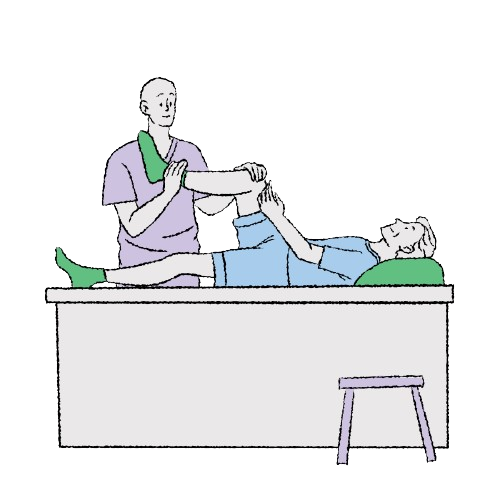 This can be intense but is effective for releasing deep-seated tension.
This can be intense but is effective for releasing deep-seated tension.
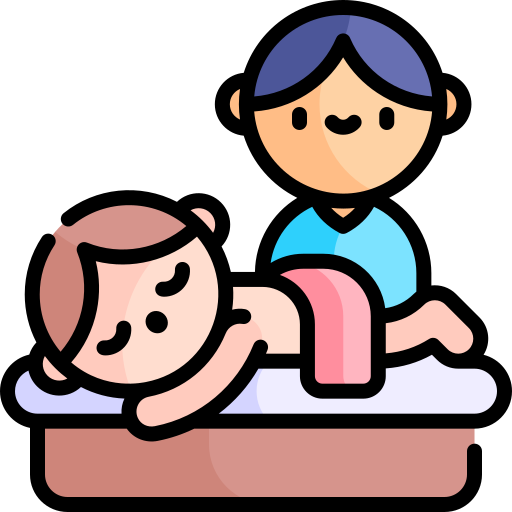 [5] Myofascial Release :
[5] Myofascial Release :
Using this technique, the therapist applies gentle, sustained pressure into the connective tissue to eliminate pain and restore motion. ![]()
This technique involves stretching and elongating the fascia, releasing the tightness that restricts muscle movement.
[6] Stretching :
With the help of this technique, the professional ends the session with some gentle stretches to the neck and shoulders. 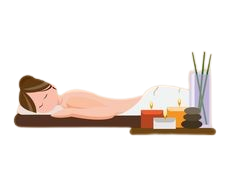 This helps to lengthen the muscles and increase flexibility, reducing the likelihood of future tension.
This helps to lengthen the muscles and increase flexibility, reducing the likelihood of future tension.
5 Essential Benefits of Neck and Shoulder Massages
The neck and shoulders massage at Canal Winchester, Reynoldsburg is not just a way to relax ;
It offers numerous benefits that can enhance your overall well-being.
 Here are five essential benefits :
Here are five essential benefits :
[1] Improve Blood Circulation :
Massage therapy has been instrumental in improving blood circulation. The therapist uses several massage techniques such as kneading, and stroking to create gentle pressure on your muscles.
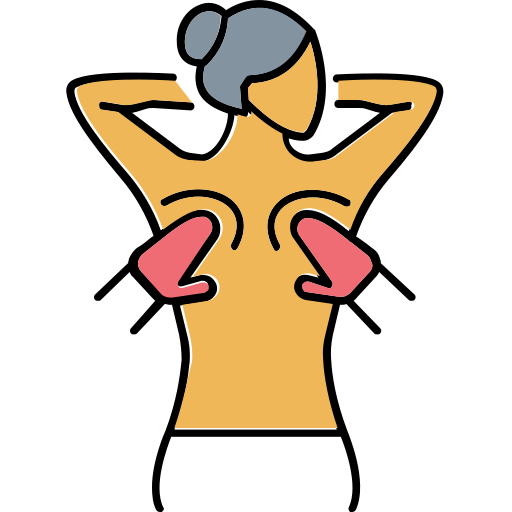
The pressure on the skin influences the nerve endings all over your body which directly helps to improve the blood circulatory system.

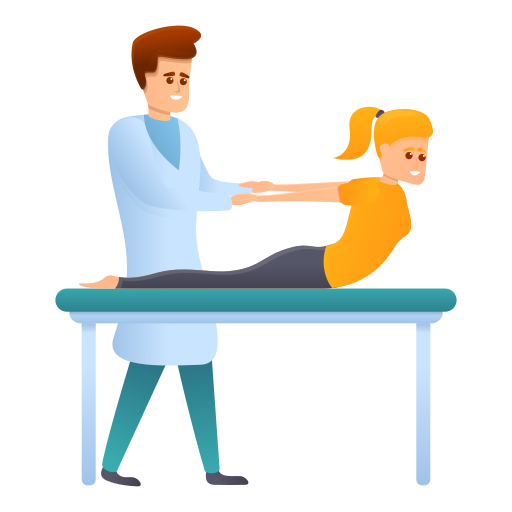 [2] Enhance Overall Flexibility :
[2] Enhance Overall Flexibility :
Another reason that influences the popularity of Neck Shoulder massage is its ability to enhance overall body flexibility.
Regular neck and shoulder massages can help restore range of motion by loosening tight muscles and connective tissues, which often contribute to stiffness and pain.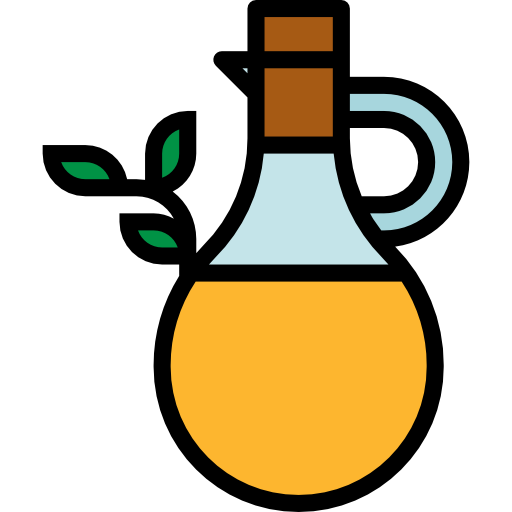
[3] Eliminate Body Pain :
Massages can significantly reduce pain caused by tension headaches, migraines, and muscle stiffness. It significantly improves blood flow and reduces muscle tension.
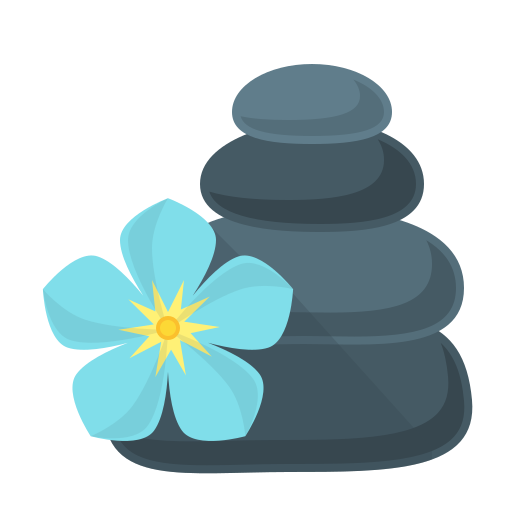
As a result, you can be calm and relaxed at the end of the massage journey. You can get rid of unnecessary pain by taking regular massages.
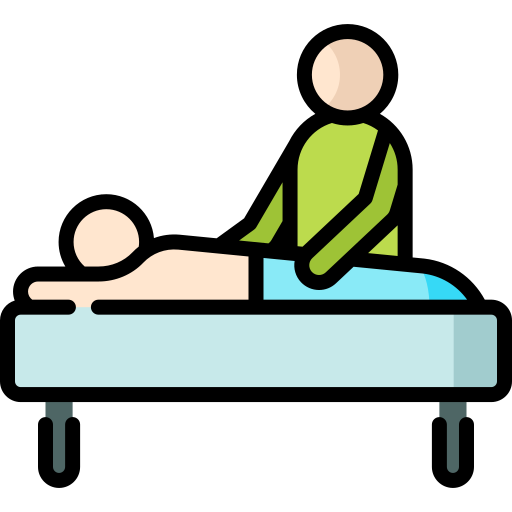 [4] Reduce Stress and Anxiety :
[4] Reduce Stress and Anxiety :
Massage also helps in reducing stress and anxiety which have become a constant companion of our life. The soothing effect of a massage can decrease cortisol levels, a hormone associated with stress.
The reduction of this hormone promotes a sense of calm and relaxation. 
[5] Improve Posture and Body Balance :
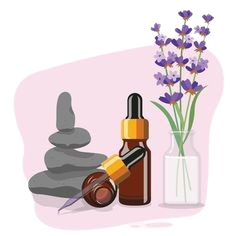
Neck Shoulder Massages can help realign the neck and shoulders. Thus, it encourages better posture by relieving the tension in muscles that have become shortened or tight over time. It also improves overall body balance providing a healthy lifestyle. 
Incorporating neck and shoulder massages into your routine can lead to lasting improvements in physical and mental health. Whether it’s through professional therapy or self-massage techniques, the benefits are undeniable. 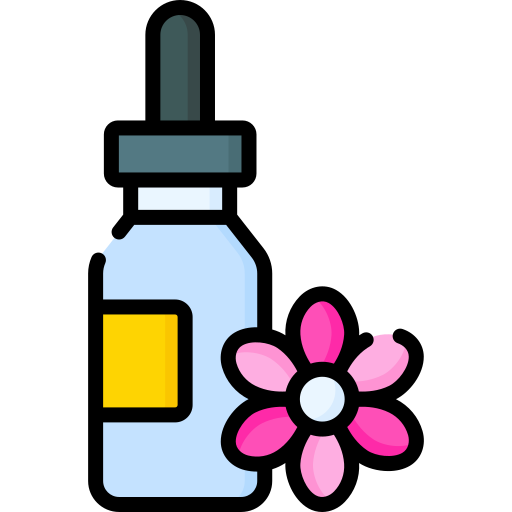
The benefits of a neck and shoulder massage extend beyond the immediate pleasure of relaxation. Regular massages can also contribute to better sleep patterns and a more positive mood. 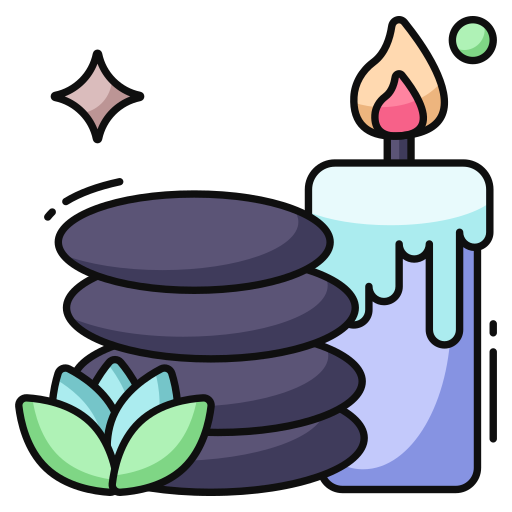
The environment in which a message is given can significantly enhance its benefits. Dim lighting, soft music, and a comfortable temperature can all contribute to a sense of peace and facilitate deeper relaxation. 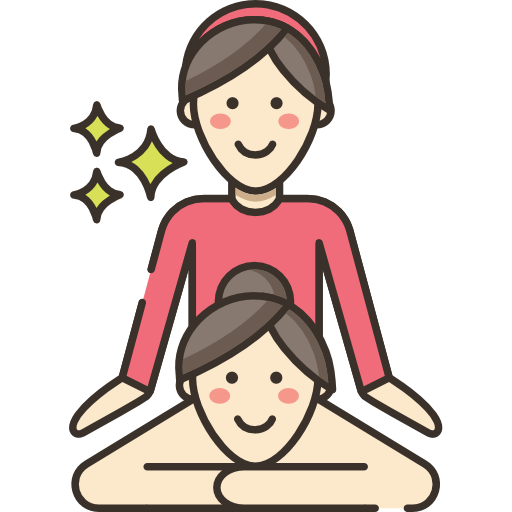

 Front and Back Massage : What to Expect
Front and Back Massage : What to Expect
The massage techniques mentioned in the blog are also helpful for Front and Back Massage Canal Winchester, Reynoldsburg.
A deep tissue massage or Swedish massage can evolve the parts of the body like front and back or the entire body.
Depending on the side, you will be asked to lie on your stomach or back. 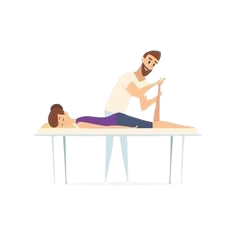 You will experience a calm relaxation after each stroke from the therapist.
You will experience a calm relaxation after each stroke from the therapist.
Happy Massage : Your Gateway to Bliss
As we conclude this blog, remember that taking care of your body is not just a necessity but a form of self-love.
If the tension in your neck and shoulders is weighing you down, consider booking a session with Happy Massage.
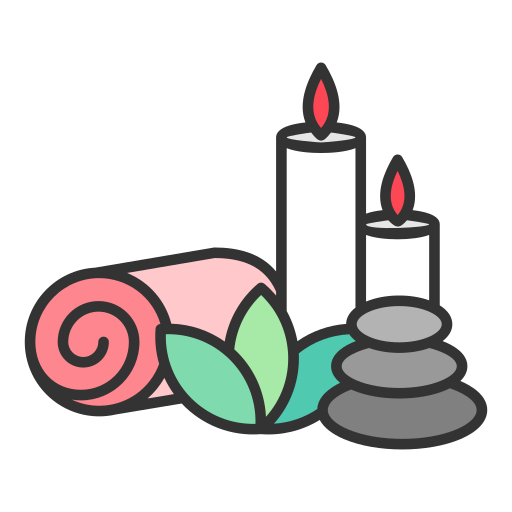 Let the expert therapist working there be your guide on a journey to reclaiming your well-being and happiness. You need to remind yourself that you deserve to feel good, not just today, but every day.
Let the expert therapist working there be your guide on a journey to reclaiming your well-being and happiness. You need to remind yourself that you deserve to feel good, not just today, but every day. 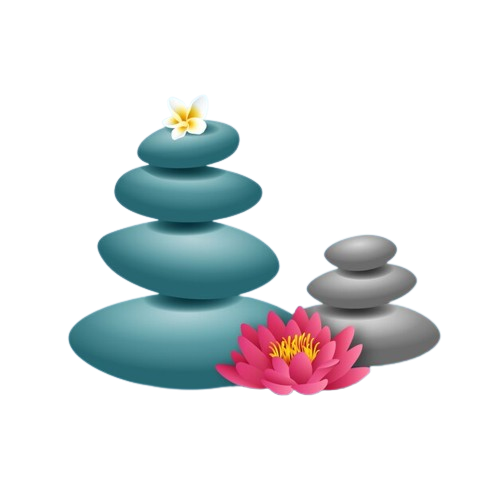
Don’t let stress dictate your life.
Reach out to Happy Massage and schedule your slice of bliss. Your neck and shoulders will thank you ! 

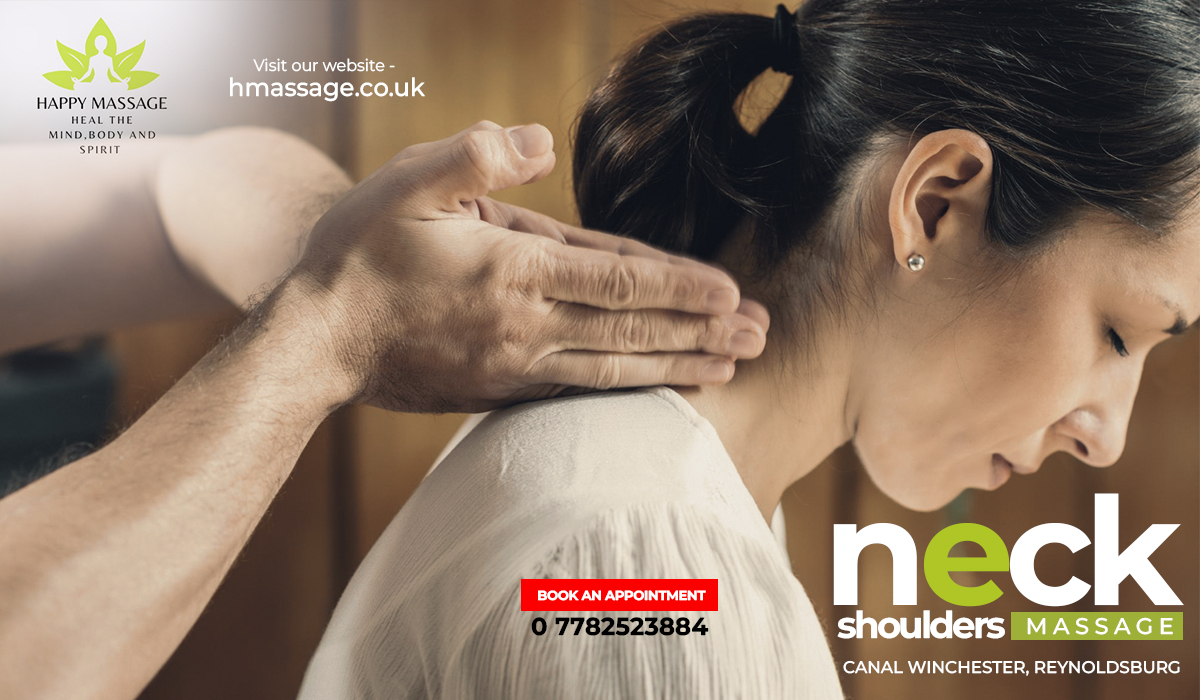
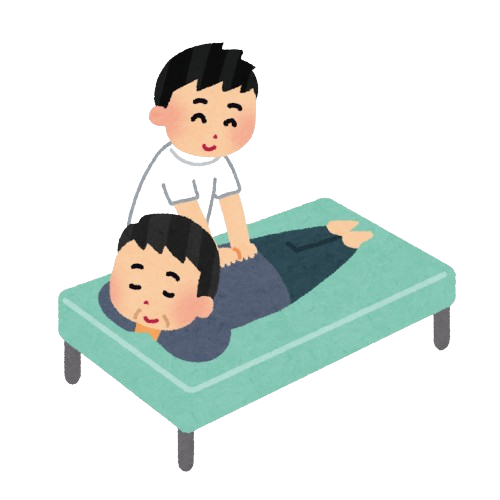
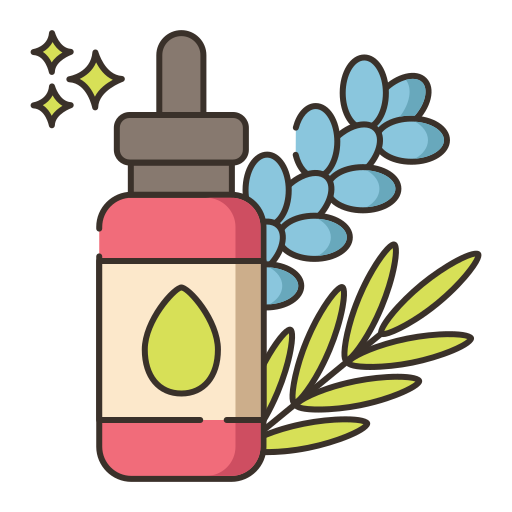

 Massage therapy is an age-old practice that involves manipulating the body’s soft tissues to promote health and well-being. When it comes to neck and shoulder massages, the focus is on relieving tension in these specific areas, which are often the repositories of stress.
Massage therapy is an age-old practice that involves manipulating the body’s soft tissues to promote health and well-being. When it comes to neck and shoulder massages, the focus is on relieving tension in these specific areas, which are often the repositories of stress. 
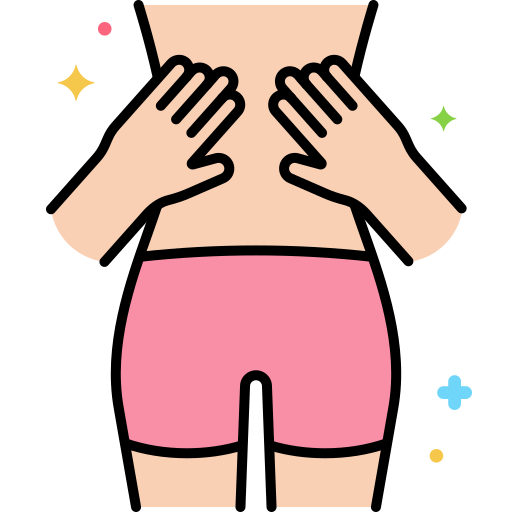
 Neck and shoulder massages are a popular way to relieve tension and stress. They can be performed in various settings, from a professional massage centre to the comfort of your home.
Neck and shoulder massages are a popular way to relieve tension and stress. They can be performed in various settings, from a professional massage centre to the comfort of your home. (a) Effleurage :
(a) Effleurage : 



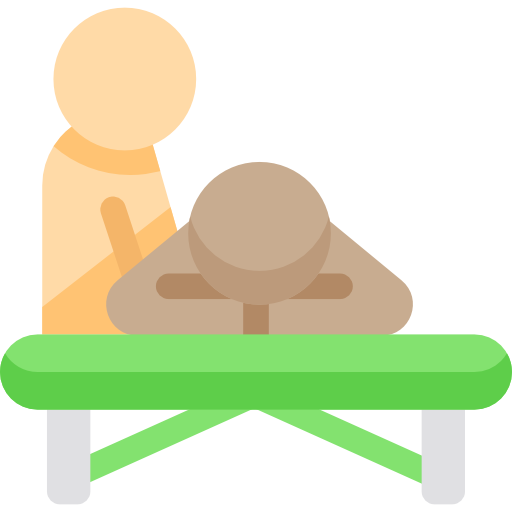 (ε) Enhanced Circulation :
(ε) Enhanced Circulation : 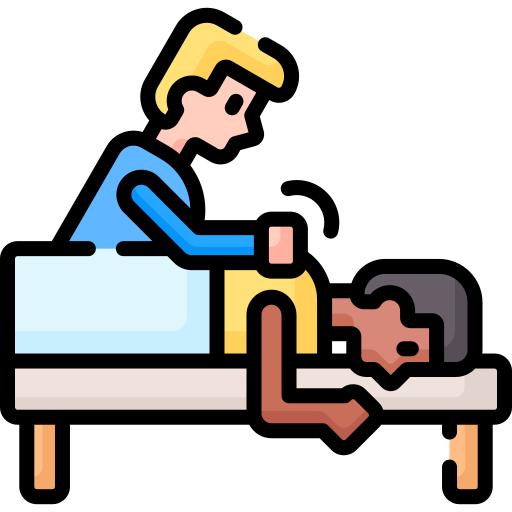
 (η) Improved Sleep Quality :
(η) Improved Sleep Quality :
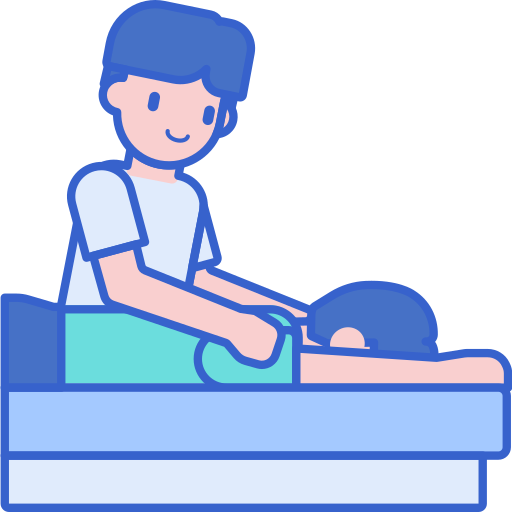
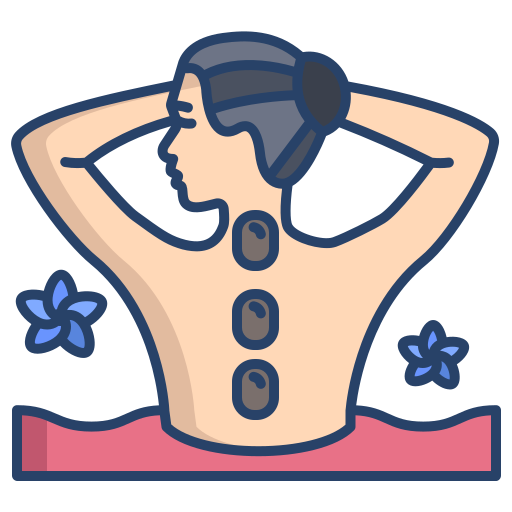 Swedish massage is known for its gentle approach, making it ideal for relaxation and stress relief. Deep tissue massage, on the other hand, is more intense and can be more effective for chronic pain and tension.
Swedish massage is known for its gentle approach, making it ideal for relaxation and stress relief. Deep tissue massage, on the other hand, is more intense and can be more effective for chronic pain and tension. 